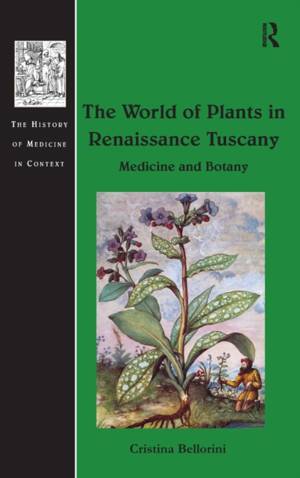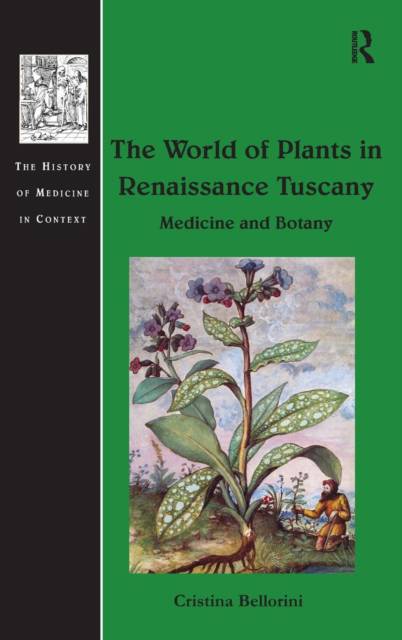
- Afhalen na 1 uur in een winkel met voorraad
- Gratis thuislevering in België vanaf € 30
- Ruim aanbod met 7 miljoen producten
- Afhalen na 1 uur in een winkel met voorraad
- Gratis thuislevering in België vanaf € 30
- Ruim aanbod met 7 miljoen producten
Zoeken
€ 290,45
+ 580 punten
Uitvoering
Omschrijving
In the sixteenth century medicinal plants, which until then had been the monopoly of apothecaries, became a major topic of investigation in the medical faculties of Italian universities, where they were observed, transplanted, and grown by learned physicians both in the wild and in the newly founded botanical gardens. Tuscany was one of the main European centres in this new field of inquiry, thanks largely to the Medici Grand Dukes, who patronised and sustained research and teaching, whilst also taking a significant personal interest in plants and medicine. This is the first major reconstruction of this new world of plants in sixteenth-century Tuscany. Focusing primarily on the medical use of plants, this book also shows how plants, while maintaining their importance in therapy, began to be considered and studied for themselves, and how this new understanding prepared the groundwork for the science of botany. More broadly this study explores how the New World's flora impacted on existing botanical knowledge and how this led to the first attempts at taxonomy.
Specificaties
Betrokkenen
- Auteur(s):
- Uitgeverij:
Inhoud
- Aantal bladzijden:
- 280
- Taal:
- Engels
- Reeks:
Eigenschappen
- Productcode (EAN):
- 9781472466228
- Verschijningsdatum:
- 6/01/2016
- Uitvoering:
- Hardcover
- Formaat:
- Genaaid
- Afmetingen:
- 156 mm x 234 mm
- Gewicht:
- 566 g

Alleen bij Standaard Boekhandel
+ 580 punten op je klantenkaart van Standaard Boekhandel
Beoordelingen
We publiceren alleen reviews die voldoen aan de voorwaarden voor reviews. Bekijk onze voorwaarden voor reviews.







